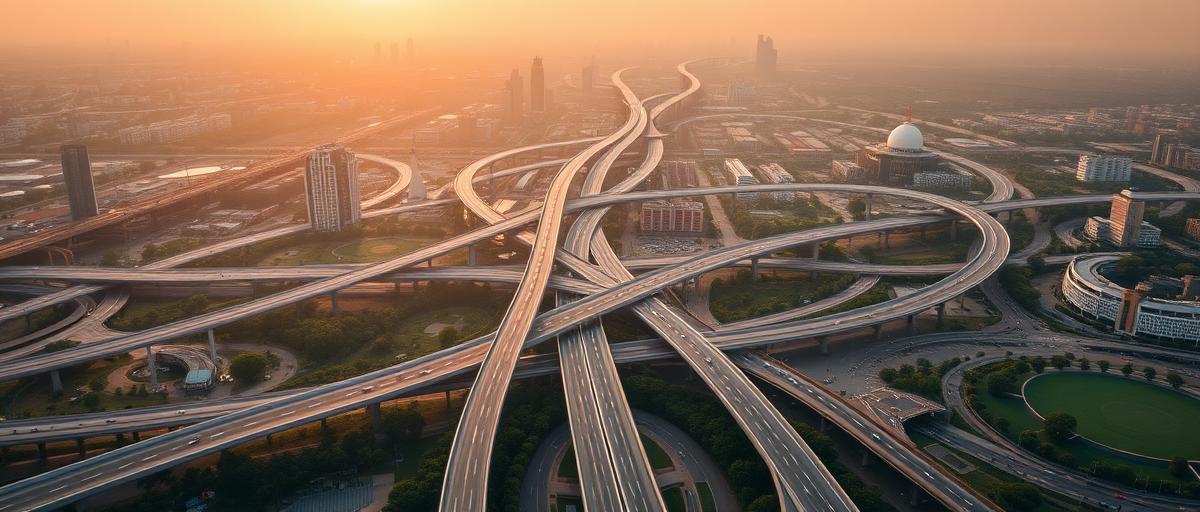When it comes to infrastructure, India has been making massive strides, especially in developing expressways to connect cities and boost economic growth. But did you know that one Indian city stands out with an impressive network of nine expressways? That’s right—this urban hub is a powerhouse of connectivity, making it a crucial player in the country’s transportation revolution.
So, which city holds this title? It’s none other than Delhi, the bustling capital of India. With its strategic location and status as a political and economic center, Delhi has become the nucleus of expressway development, linking it to major cities like Mumbai, Jaipur, and Chandigarh. These high-speed corridors have transformed travel, reducing hours-long journeys to mere minutes.
What makes Delhi’s expressway network truly remarkable is how it seamlessly integrates with other transport systems. The Delhi-Mumbai Expressway, for instance, is set to become one of the longest in the world, while the Delhi-Meerut Expressway has already eased congestion for daily commuters. These projects reflect a forward-thinking approach to urban planning.
But it’s not just about speed—these expressways are designed with sustainability in mind. Many feature green belts, solar-powered lighting, and advanced toll systems to minimize environmental impact. This balance between progress and eco-friendliness sets a benchmark for future infrastructure projects across India.
From a broader perspective, Delhi’s expressway dominance highlights India’s ambition to modernize its transport networks. As more cities join the expressway boom, the economic ripple effects—boosting trade, tourism, and real estate—are undeniable. Delhi’s success story could inspire other metros to accelerate their own infrastructure upgrades.
As we look ahead to 2025 and beyond, Delhi’s expressway network is a testament to what visionary planning and execution can achieve. Whether you’re a daily commuter or a logistics expert, these roads are changing the game—one seamless ride at a time.

